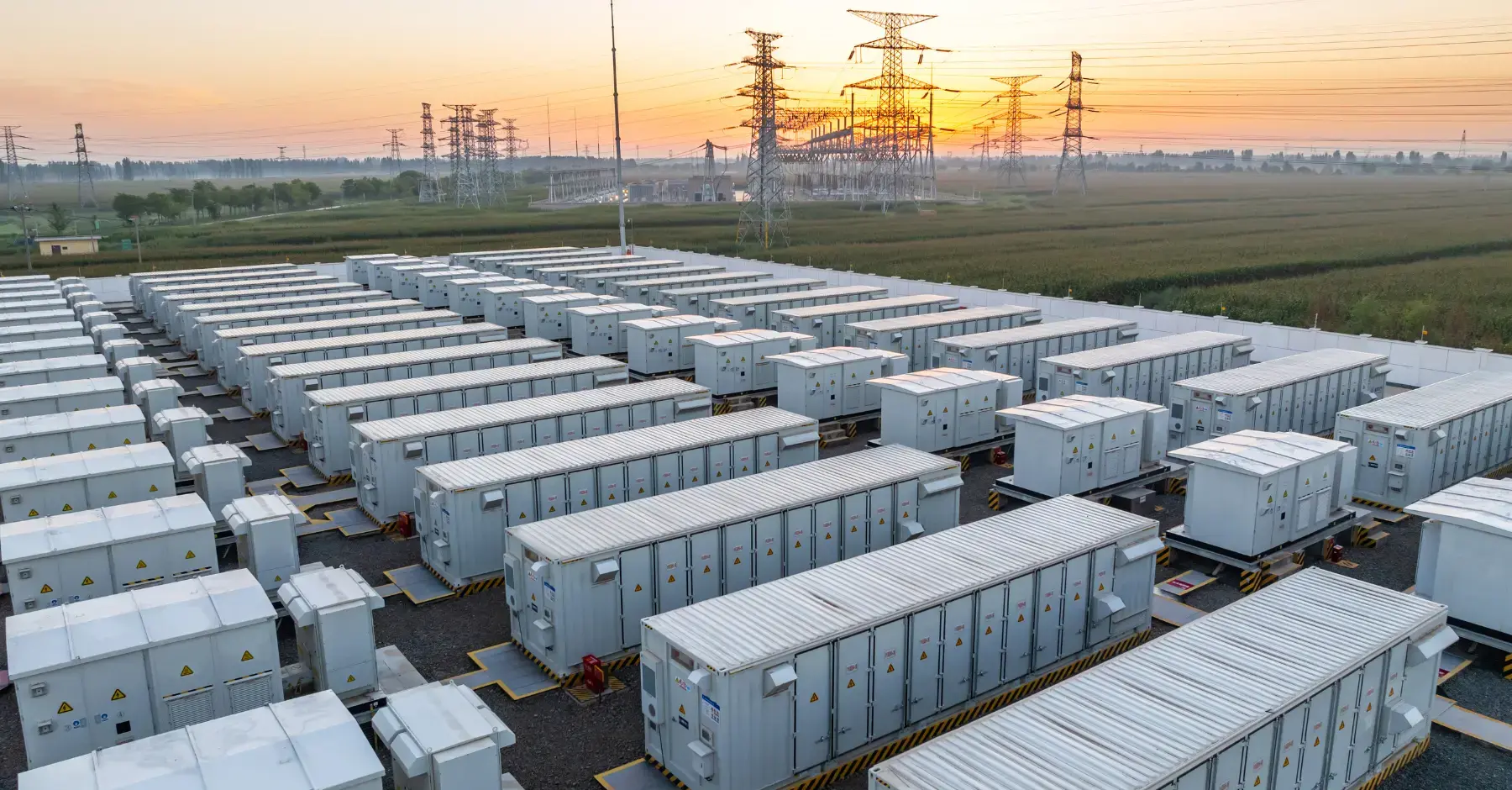.png?width=750&height=375&name=Federal%20Regulatory%20Update%20(1).png)
2024 will be a busy year for the Federal Energy Regulatory Commission (FERC). FERC is typically run by five commissioners, appointed by the President of the United States and confirmed by the Senate.1 With Commissioner Glick stepping down at the end of 2022 and Commissioner Danly stepping down at the end of 2023, FERC is down to three commissioners, Democrat Willie Phillips (appointed Chairman by President Biden in February 2024), Republican Mark Christie, and Democrat Allison Clements. Commissioner Clements’ term expires on June 30, but she is expected to remain at FERC until the end of the year. With the election in full swing, we do not expect President Biden to seek confirmation for additional Commissioners (FERC rules mandate that no more than three members are from one political party).
FERC needs at least three Commissioners to constitute a quorum. The current Commissioners work well together, and the smaller numbers may facilitate FERC action on two important issues, (i) the construction of new transmission lines and (ii) generator siting and interconnection. Nonetheless, there is some risk that with only three Commissioners, FERC cannot act this year (e.g., if a commissioner needs to recuse himself or herself from a vote).
The energy transition requires thousands of miles of new transmission lines to bring power from renewable sources to load zones. In many cases, however, these projects are opposed by certain states and other stakeholders. To address this problem, we expect FERC will issue an important order on transmission siting in the next few months. Ideally, such rules will facilitate faster development of such transmission lines by clarifying permitting rules and enabling FERC to use its authority to force the construction of critical transmission lines even if the routes of such lines are opposed by certain states. Chairman Phillips has also made it clear that this is a priority, stating in January, “We need to incentivize smart investments in transmission to accommodate new generation, while also ensuring grid reliability and reducing costs for consumers…”
FERC also hopes to take steps to accelerate the construction of new power plants. These projects have been slowed by a lengthy process to get their sites approved so that they could connect with the energy grid. To address these delays, FERC kicked off a significant modification to the interconnection process in July 2023, when it issued Order No. 2023. Order No. 2023 fundamentally changed the interconnection process, requiring all transmission organizations (for example, PJM) to move from a “deli line” approach to interconnection, where each proposed generator takes a ticket and the transmission organization evaluates projects using the next in line approach, to a “first-ready, first served” approach. There has been considerable opposition to FERC Order No. 2023, and we expect FERC to issue a new order in 2024 to resolve outstanding issues with Order No. 2023. This should further expedite new generation construction.
While we may be focused on action at FERC, most of the country will be focused on the presidential election. One issue in the crosshairs of President Trump’s campaign is the Inflation Reduction Act (IRA). President Trump has stated that upon election he will repeal the “Green New Deal.” Most commentators agree, however, that if elected, President Trump will be unable to repeal the IRA. He still will be able to use executive action to limit the impact of the IRA. The possibility of a second Trump Administration may accelerate the development of renewable generation and battery storage projects as developers seek to access IRA funding before the election.
_______________________________
References
1 Traditionally, three of the commissioners are from the President’s party, and two are members of the opposition party.


